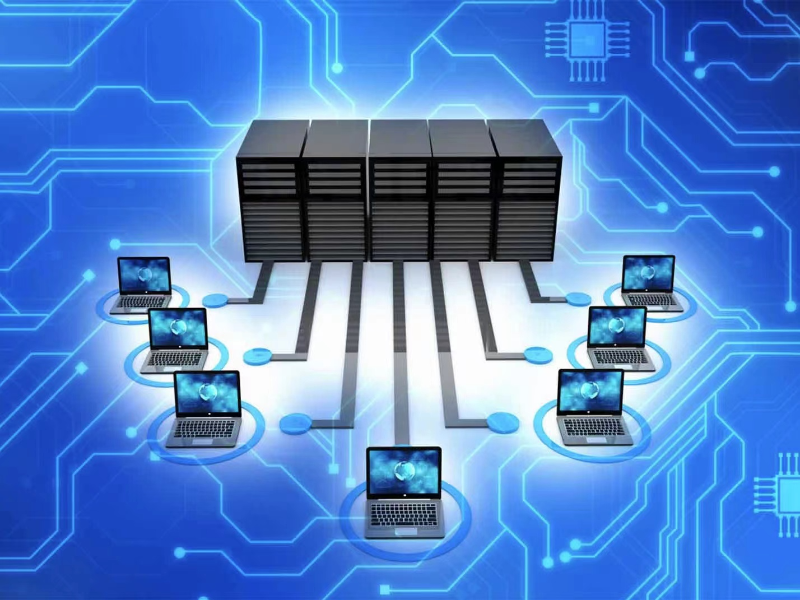- Network cabling involves connecting devices to a network using different types of cables, each suited for specific applications.
- The 4 main types of network cables are coaxial, shielded twisted pair (STP), unshielded twisted pair (UTP), and fibre optic cables, each with distinct features and uses.
Network cabling involves connecting devices to the Internet or network sources through different types of cables. These cables play a key role in data transmission, so it is essential to choose the right cable. Each cable has its own unique design and functionality and is suitable for specific environments and application scenarios, such as homes, commercial buildings, or long-distance data transmission.
What is network cabling
Network cabling refers to the process of connecting devices to an Internet or network source through cables that transmit data. For network cabling to function effectively, factors such as the length of the cable, the quality of shielding, the data rate (speed of data transfer), and the installation environment must be considered. These cables are essential in both residential and commercial settings, with commercial installations often requiring fire-rated and plenum-rated cables.
Network cables come in various types, including coaxial cables, shielded twisted pair (STP) cables, unshielded twisted pair (UTP) cables, and fibre optic cables, each with distinct characteristics suited to specific applications. The categories of network cables further define their capabilities, such as data transfer rates and interference resistance, ensuring they meet the needs of different networking environments.
Also read: Damaged Internet subsea cables are being repaired in Red Sea
Also read: What are subsea cables?
What are the 4 types of network cables
Network cables can be divided into 4 types: coaxial, STP cables, UTP cables, or fibre optic.
1.Coaxial cables: Coaxial cables contain a centre conductor and a metal shield insulated by a plastic layer placed in between. The metal shield in coaxial cables blocks any elements or interferences from the outside. In a coaxial cable, the outer layer, known as sheath, protects the cable from physical damage. Meanwhile, the metal shield protects the cable from any external interference, and the insulation between the metal shield and the conductor protects the conductor – the core of the coaxial cable. Coaxial cable conductors carry electromagnetic signals and can come either in single-core or multi-core models. While a single-core coaxial cable has only one central metal, multi-core cables have many metal wires. Coaxial cables were used in the earlier days of computer networks.
2.STP cables: These ethernet cables, also known as STP cables, are widely used for business installations. They were developed for computer networks and are an excellent choice for areas with high interference. Shielded twisted pair cables are also used to expand any distance between cables. STP cables consist of coloured wires twisted around one another, forming pairs. Usually, shielded twisted pair cables are composed of four colourful pairs of wires wrapped with metal shields and a singular plastic sheath.
3.UTP cables: Unshielded twisted pair cables, or UTP cables, are widely used in industrial computers and telecommunication companies. The conductors present in UTP cables form a circuit that stops any EMI. Similarly to STP cables, unshielded twisted pairs are colourful wires wrapped around each other and then wrapped altogether in a plastic sheath. When compared to STP cables, UTP cables are more affordable.
4. Fibre optic cables: Fibre optic cables are networking cables that contain either a glass or a plastic core, shielded by a cladding, a buffer and a jacket. These layers protect fibre optic cables from potential damage and from external interference. This networking cable is the perfect choice for carrying data around long distances and the standard cable for connecting networks in different locations. Fibre optic cables can be single-mode fibre or multi-mode fibre. SMF cables support longer distances, while MMF cables carry more data.

